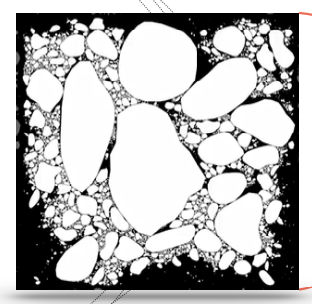January webinar presented by Aikaterini Tavri, postdoc, and chaired by Christopher Horvat, researcher, both working on WP3 at Brown University.
The Arctic climate is changing, with observations showing a continuous decline in sea ice extent and thickness. Current large-scale models do not fully capture the interaction between upper ocean mixing and sea ice evolution, despite its critical role in controlling sea ice dynamics and interactions with the deeper ocean. Among wave-driven mixing processes, Langmuir turbulence—generated by interactions between surface waves and ocean currents—emerges as a key mechanism that enhances vertical mixing and the mixed layer depth. Understanding and quantifying Langmuir turbulence provides an effective framework to study wave-driven mixing, particularly in dynamic regions like the marginal ice zone (MIZ), polynyas, and leads. Changes in surface mixing regimes driven by Langmuir turbulence can influence sea ice growth and melting, highlighting the importance of incorporating these processes into models to improve predictions of regional and global climate dynamics. To address this, we employed coupled simulations with the neXtSIM sea ice model and WAVEWATCH-III wave model to investigate wave-driven mixing in the Arctic. We introduced the wave-to-shear ratio, a simplified transformation of the Langmuir number, to characterize and represent surface mixing regimes over a four-year simulation period. Results revealed strong seasonality, with sea ice thickness and concentration driving transitions between shear- and wave-dominated mixing regimes, particularly in the MIZ. Our findings emphasize the importance of incorporating wave-driven processes into large-scale models to improve predictions of future Arctic states.
Whatch the recording :




